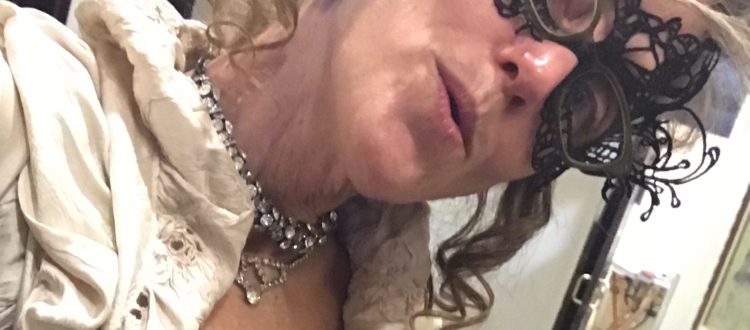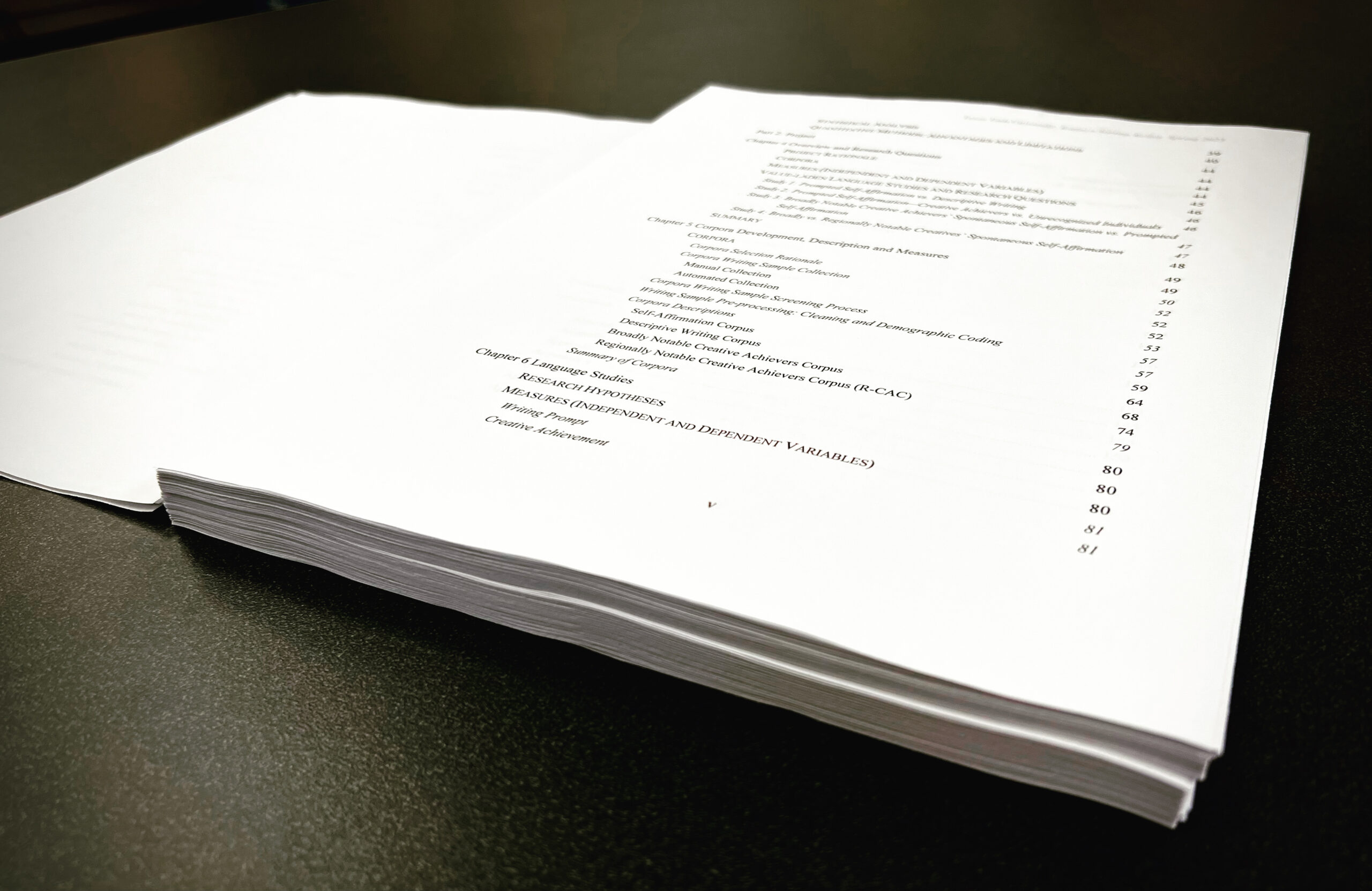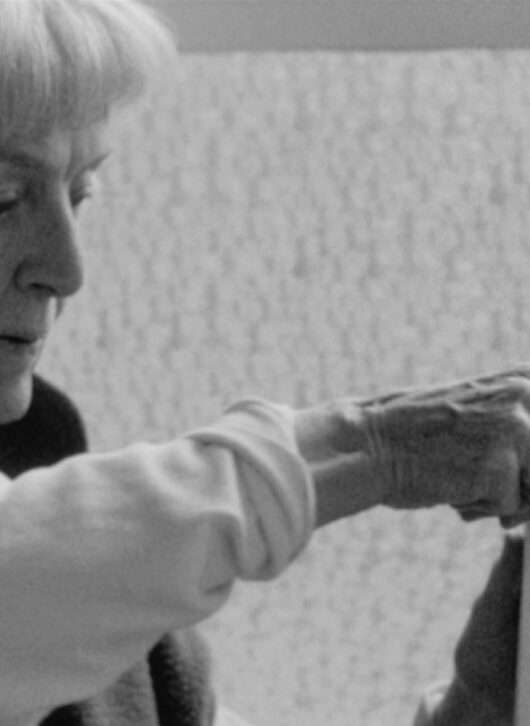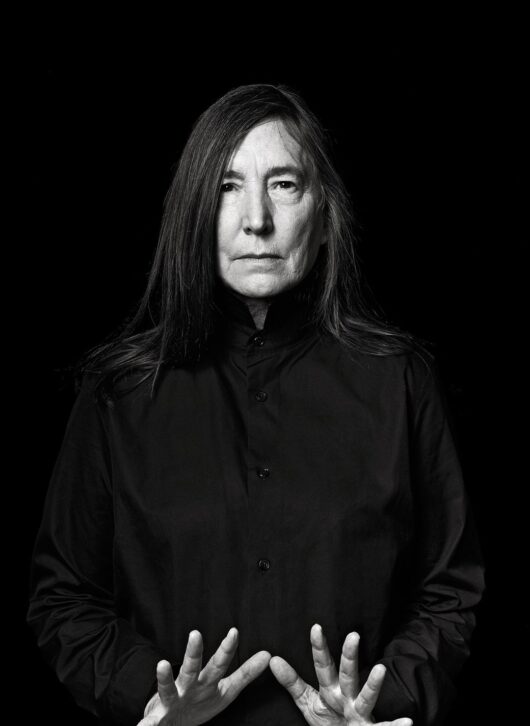Thesis in the form of a four minute thank you address script ;)
The great thing about a four minute thank you address script is no citations! Bam. Plus it forced me to generate a sort of rough outline of my dissertation in plain english.
—
Being a recipient of Alan & Lee Ann White Regents Endowed Scholarship and The CH Foundation Graduate Fellowship in the College of Visual & Performing Arts, allows me to be here and a part of the TCVPAs doctoral program in Fine Arts: Critical Studies and Artistic Practices. THANK YOU!
I am Kathy Kelley, a practicing visual artist. Artist is not something I set out to become. Yet a year after my hands had taken up the pen and set to writing, early in my fourth decade, I finally came home to myself as artist. And artist is very much who I am—every broken nail, sweat matted tendril of hair upon my brow, and utter joy of the exhaustion of physical manipulations of unruly materials speaks to this. Yet it has only been through the words on the page that I was able to locate and realize myself as artist. Why did it take both writing and making to be able to come home to myself? This question set me on a quest which has led here.
And to my delight and ego, there is a common trend that visual artists—benders of conventions, archived into our contemporary art historical and critical texts—have robust writing practices. This trend traverses time, mediums, movements and most often is counter to art world conventions—from Leonardo to Gauguin, Salvador Dali to Warhol, from Georgia O’keefe to Sally Mann.
Why? Why am I, why are these makers of things, these twisters of conventions, compelled to write? In the last decade art historians have begun suggesting that it is easier to count the artists who do not write than those who do, because so many visual artists gravitate to writing? That this propensity to write is so prevalent regardless of social, physical and temporal differences suggests that beyond what writing does out in the world for the artist, it is doing something within. It is my conjecture that the act of writing somehow serves the internal processes of creativity.
I wanted to share with you that beyond supporting each of us as artists, you are vesting in research with broad implications for impacting the creativity and health of emerging artists.
Here is a glimpse of what we are beginning to tie together for understanding artists compulsion to write: First, in the field of creativity research there is mounting neurological and physiological evidence that a handful of cognitive facets that positively enhance internal creative processes also leave one vulnerable to mental health issues. Meaning what puts me at risk for being creative simultaneous leaves me vulnerable to psychological inconveniences. Secondly, in an alternate field of psychology, trauma recovery, experimental writing interventions have been developed that show an interaction with neurological and physiological function. This interaction appears to be occurring in the same regions of the mind and body identified to both contribute to creativity and buffer negative psychological experiences. Further scientists have identified populations most physiologically receptive to these writing interventions — those who are highly sensitive, drawn to novelty, and vulnerable to mental health issues. These bear a striking resemblance to patterns in artist populations. Bringing these studies together, it appears that what puts me at risk for creativity, also puts me at risk for psychopathy, AND leaves me highly susceptible to writing interventions. Is this why visual artists gravitate to writing?
Perhaps you as well have been compelled to take up the pen when confronted with a tough experience. Interestingly, writing does not even have to target stressful experiences to influence our wellbeing. You may have heard of the happiness project. For this project, each evening you write down 10 things for which you are grateful. There is something about what and how we write that can change us. For instance in preparation for tonight, to reduce my stress related to public speaking, I wrote out ten things for which I am grateful: (1) that your gifts allow me to be here (2) to pursue this line of inquiry that relates to the health of artists; (3) that the TCVPA doctoral program is interdisciplinary (4) making it possible for me to collaborate with the psychology department; (5) that this line of inquiry into artists’ writings may shed light on an important factor involved in creative function; (6) that together, with your support, we may uncover particular writing practices that buffer mental health risks associated with being artists; (7) that our School of Art and Psychology department are open to working together to identify connections between writing and art students’ creativity and health; (8) and that alongside all this, because of your gifts, I am able to maintain my practice as an artist; (9) and be involved with Lubbock’s rich dynamic cultural scene here at Tech, LHUCA and CASP; and lastly, (10) I am just exceedingly grateful and humbled by your support!
Thank you. Thank you!
(Bow and hum to myself, tada)
ps. There is a study that correlates artists quantity of self portraits with social success. Therefore i have arbitrarily appended this post with a selfie! Whatever.
0










